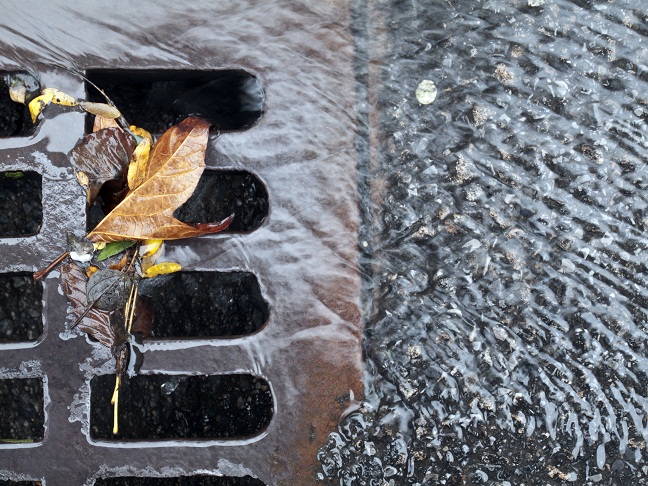On Dec. 3, Ontario approved the final plan of 22 source water protection plans for the Canadian province. This last plan will take effect on July 1, 2016. Altogether, the plans will protect the sources of more than 450 municipal drinking water systems and cover 95% of the province’s population.
Source protection plans are locally developed, science-based plans designed to protect the health of the lakes, rivers, and underground water sources that supply municipal drinking water systems. The plans set out actions to eliminate, manage, and reduce potential risks to drinking water sources. Such actions include implementing runoff and erosion control measures and inspecting and upgrading septic systems.
Ontario is among the few jurisdictions in Canada to have source water protection plans in place. These plans are required under the province’s Clean Water Act. The act was created in response to the 2000 E. coli outbreak in the water supply of Walkerton, Ontario.
To facilitate the planning process, Ontario provided more than $240 million to communities for technical and scientific studies, to develop local plans, and encourage early voluntary actions by landowners. Plans will direct actions that help regions protect their source water from runoff contaminated with commercial fertilizers, road salt, pesticides and other contaminants. Such actions will include education and outreach programs supporting best management practices. Finally, localities will monitor the implementation and effectiveness of targets and goals outlined in the plan.




